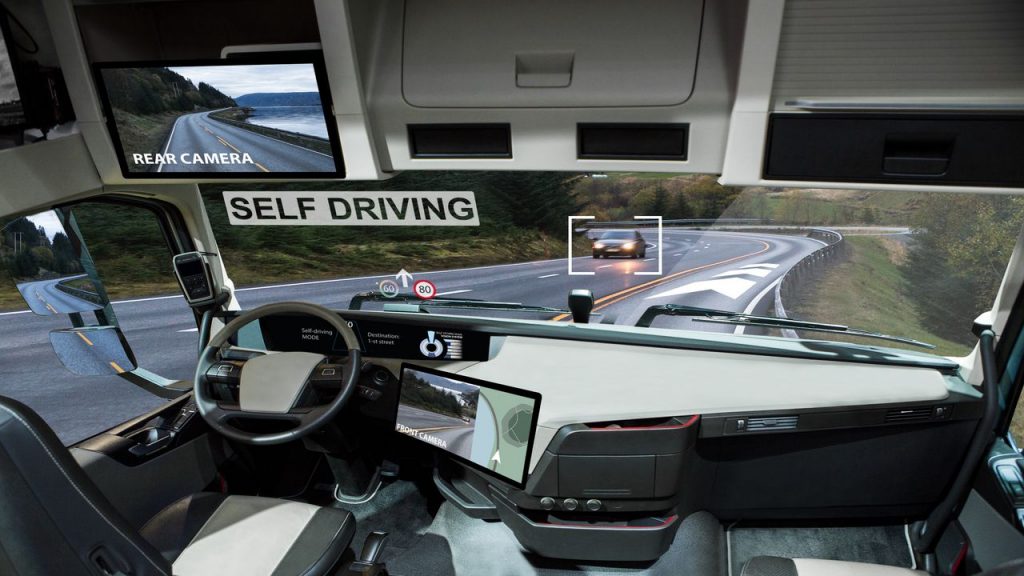
Amid controversy over the use of the term “Autopilot” for Tesla’s driver assistant systems, it’s important for drivers to understand that these systems don’t make vehicles “autonomous” or “self-driving.” In an effort to prevent misleading advertising that could be potentially dangerous, new regulations may change words used to describe Advanced Driver Assistance Systems (ADAS).
Issues with the Term “Autopilot”
Tesla has been using the term “Autopilot” for its ADAS system since the system was introduced in 2014. In response to issues regarding this and other words that may imply that ADAS systems make vehicles entirely self-driving, the California DMV proposed regulations that in 2016 would ban the use of this and other similar words used to describe ADAS.
In 2018, the California DMV introduced regulations for advertising autonomous vehicles to help reduce the risk of accidents and injuries. The regulations state that “no manufacturer or its agents shall represent in any advertising of the sale or lease of a vehicle that a vehicle is autonomous.” Restrictions on the use of “Autopilot” and other similar terms were ultimately not included.
What Exactly Is Autopilot?
Autopilot is Tesla’s ADAS that is designed to improve both safety and convenience for drivers in several ways. Autopilot uses a combination of a radar, 12 ultrasonic sensors, and 8 external camera systems all connected to a computer located at the vehicle’s dashboard. Autopilot is intended for use by a fully attentive driver who is alert and prepared to take immediate manual control of the vehicle.
Organizations like the California DMV have worried that people may wrongly perceive Autopilot and other similarly named ADAS systems as synonymous with “autonomous,” leading to more frequent car accidents. To help eliminate confusion about the term “autopilot,” Tesla states on their website that Autopilot “does not make the vehicle autonomous.” They also separately advertise their vehicles’ “Full Self-Driving Capability” that come closer to making vehicles autonomous, some features of which are still in the beta testing phase. However, Tesla also notes that their “Full Self-Driving Capability” features don’t actually make vehicles autonomous in their current state, but will undergo upgrades over time to eventually facilitate autonomy.
The Future of Autonomous Vehicles
Current ADAS features like Tesla Autopilot are making vehicles more capable of self-driving, or fully autonomous, but it’s important for drivers to understand that today’s self-driving features still require full attentiveness and control of the vehicle throughout their operation.


